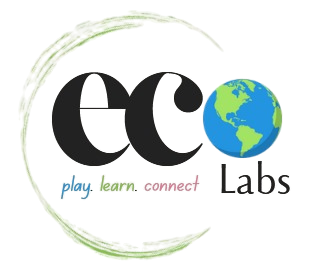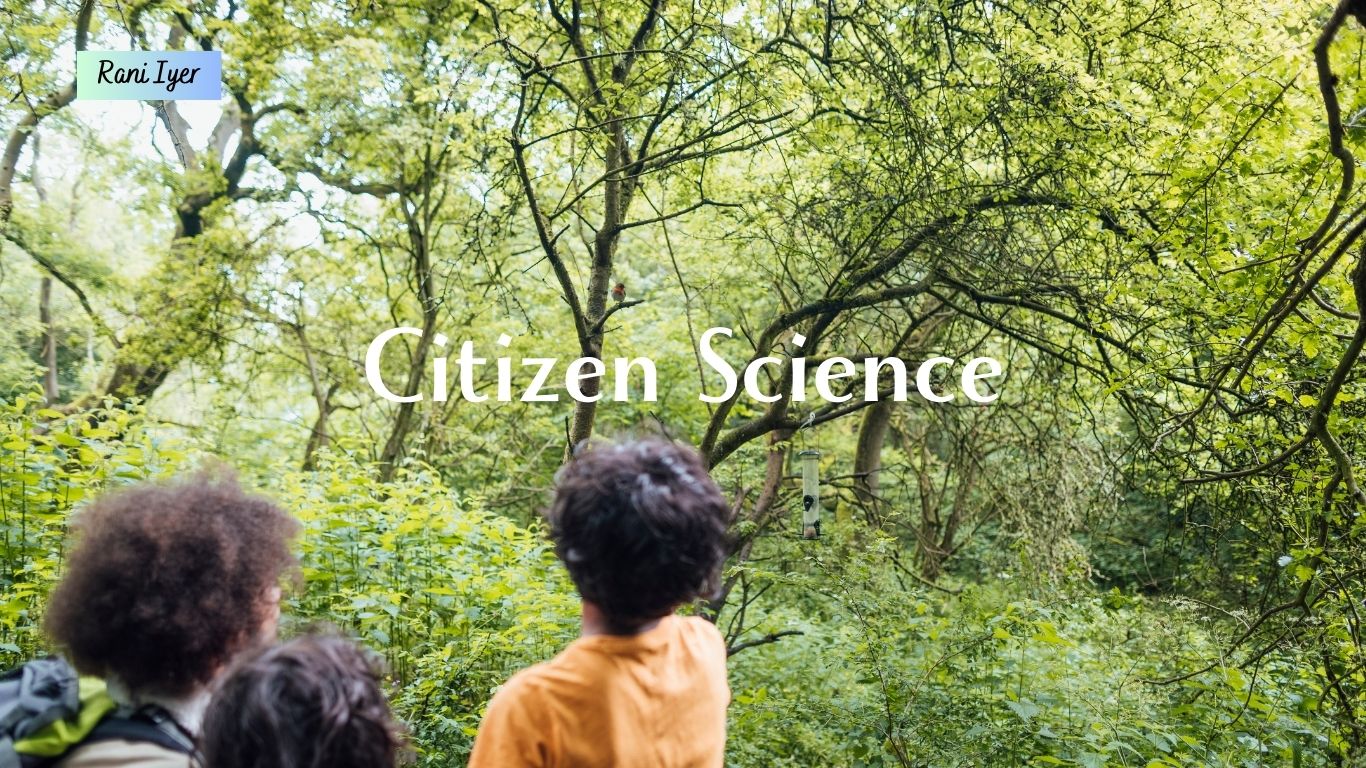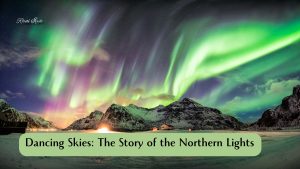Everybody can contribute to citizen science. You can live in any part of the country, or in some instances, any part of the world, you can still contribute to experiments. Technology connects us more than ever! This has given citizens opportunities to participate in science and it has emerged as a groundbreaking movement.
In this blog post, you will find out what exactly is citizen science? Should you participate in citizen science? How can you really get the most out of being a citizen scientist?
Citizen science is created when everyday common folks like us get to participate and help out scientists by collecting data, observations or doing experiments. At one time, before professional scientists came into vogue, farmers, pastorals, and hunters who worked closely in nature kept records of documenting phenological data (time of flush, flowering, and fruiting).
Such examples are available from all over the world. In Kyoto, Japan, court dairies record the dates of traditional cherry blossom festival for 1,200 years; while in China both citizens and officials tracked locust outbreak for more than 3,500 years; and in France we can find winegrowers recording grape harvest days for over 640 years. Indigenous people around the world have and continue to develop deep knowledge with the natural world through their knowledge systems. They record agronomical events such as dates of sowing, harvest, pest outbreaks, and also phenological data of plants, insects, and animals nearby.
During the 1600s, gentlemen and women with means to pursue their interests in nature and science were ‘citizen scientists.’ These scientists established scientific societies, and methods. In 1800s with the professionalization of science, volunteers were still required to monitor weather and record phenological observations. During this period, ornithologist Wells W. Cooke invited amateur birding enthusiasts to collect information about bird migration. Today, this program evolved into the government-run North American Bird Phenology Program. Another program started in 1900s is the longest-running citizen science projects is the Audubon Society’s Christmas Bird Count, with more than 64 million birds are counted each year. There are only two examples. Please share other examples you know.
However, towards the 20th century, scientists turned to machines and satellites to collect information about weather. As we entered the 2000s scientists began to share the large amount of data creating open access, open data, open-source software and sharing methodologies. In this period science reopened to a wide range of people.
Now, citizen science is gaining more recognition in research and policy, as citizen science activities continue to grow. In modern times, citizen science gives common citizens opportunities to participate in a broad range of scientific activities. In practice, this means, citizen scientists use different technologies to participate in experiments. Some experiments require no more than a computer to join the team of citizen scientists. Others require the participating citizen scientists to have some experience writing code in computer languages. Although this blog post covers only a few areas of science, there number of choices you have is literally infinite.
Many scientific fields are open for citizen scientists to participate in. You can find a checklist of open projects from the website citizenscience.gov You can record local weather; or you can periodically record nearby state or national parks or ecosystems; or you can choose space discovery projects. Some projects require you to have or undertake some training, others do not require any training at all. If you are nervous about making errors, do not worry. Experts or scientists verify your information before adding it to the database.
You can also use citizen science database such as online Herbarium project if you are looking to identify plants or looking for historical data. If you like reading old hand written labels and letters, you can join the Herbonaut project where you get to decipher century old specimens.
For people who love maps the citizen science GIS is a good place to start. Sitting from the comfort of your home, by harnessing technology, you can help clean up the oceans. You can combine your love for reading, sleuthing, and history by transcribing records and tagging the information contained within the digital scans of historical documents.
Here are some of my favorite citizen science projects-
Monarch butterfly citizen science
Insects- spiders and other bugs citizen science
EU Citizen Science pollinator projects:
Now, you might be wondering, why should you jump on board with citizen science? Well, there are lots of reasons! First off, it’s a chance to be part of something big, to help scientists solve real-world problems like climate change or protecting wildlife. Plus, it’s a great way to learn cool stuff about science and the world around us.
Participating in citizen science offers a multitude of benefits for individuals and families, enriching their lives in numerous ways. Here are some of the key benefits:
1. Educational Opportunities:
- Hands-On Learning: Citizen science projects provide hands-on learning experiences, allowing participants to engage directly with scientific research methods and concepts.
- STEM Education: Participation in citizen science fosters interest and proficiency in science, technology, engineering, and mathematics (STEM) disciplines among individuals of all ages.
- Experiential Learning: By actively participating in data collection, analysis, and interpretation, individuals and families gain practical skills and deepen their understanding of scientific processes.
2. Personal Development:
- Critical Thinking: Engaging in citizen science cultivates critical thinking skills as participants analyze data, draw conclusions, and solve problems within the context of real-world scientific research.
- Curiosity and Inquiry: Citizen science encourages curiosity, inquiry, and a lifelong love of learning as individuals explore new topics, ask questions, and seek answers through scientific investigation.
- Self-Efficacy: Contributing to meaningful scientific research projects enhances individuals’ sense of self-efficacy and confidence in their ability to make a positive impact on the world around them.
3. Family Bonding and Communication:
- Shared Experiences: Participating in citizen science as a family fosters shared experiences and strengthens bonds as family members work together towards common goals and interests.
- Communication Skills: Citizen science projects provide opportunities for families to engage in meaningful discussions, share observations and insights, and collaborate on scientific activities, promoting effective communication skills.
- Quality Time: Engaging in citizen science activities offers families quality time together in nature or at home, away from screens and distractions, promoting meaningful interactions and connections.
4. Community Engagement:
- Social Connection: Citizen science projects facilitate social interaction and connection with like-minded individuals, both within local communities and globally, fostering a sense of belonging and community.
- Collective Action: By participating in citizen science, individuals and families contribute to collective efforts to address environmental, health, and social issues, promoting a sense of shared responsibility and collective action.
- Local Impact: Citizen science projects often focus on issues relevant to local communities, empowering participants to make a tangible difference in their neighborhoods, parks, and natural environments.
5. Environmental and Conservation Benefits:
- Environmental Stewardship: Citizen science empowers individuals and families to actively contribute to environmental monitoring, conservation efforts, and the protection of natural habitats and biodiversity.
- Awareness and Advocacy: Participation in citizen science raises awareness about environmental issues and promotes advocacy for sustainable practices and policies at the local, regional, and global levels.
- Empowerment: Through citizen science, individuals and families become informed advocates for environmental stewardship, equipped with the knowledge and skills to effect positive change in their communities and beyond.
So, how can you really get the most out of being a citizen scientist? It’s simple! Just find a project that interests you, something you’re curious about. Then, dive in and get involved! Whether it’s counting birds in your backyard or tracking the weather, every little bit helps. And don’t forget to share what you learn with others. Who knows, you might even discover something amazing!
If you like books about nature and natural sciences, visit my store. Thank you for your support!


